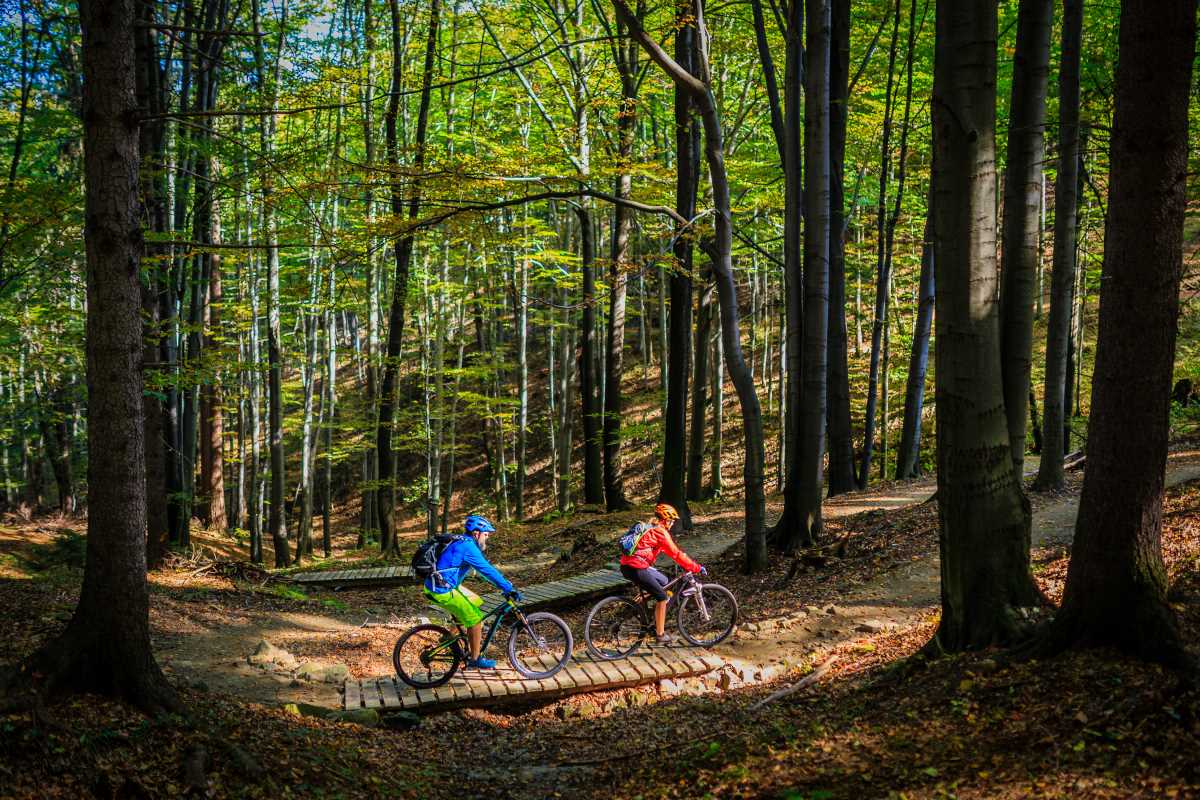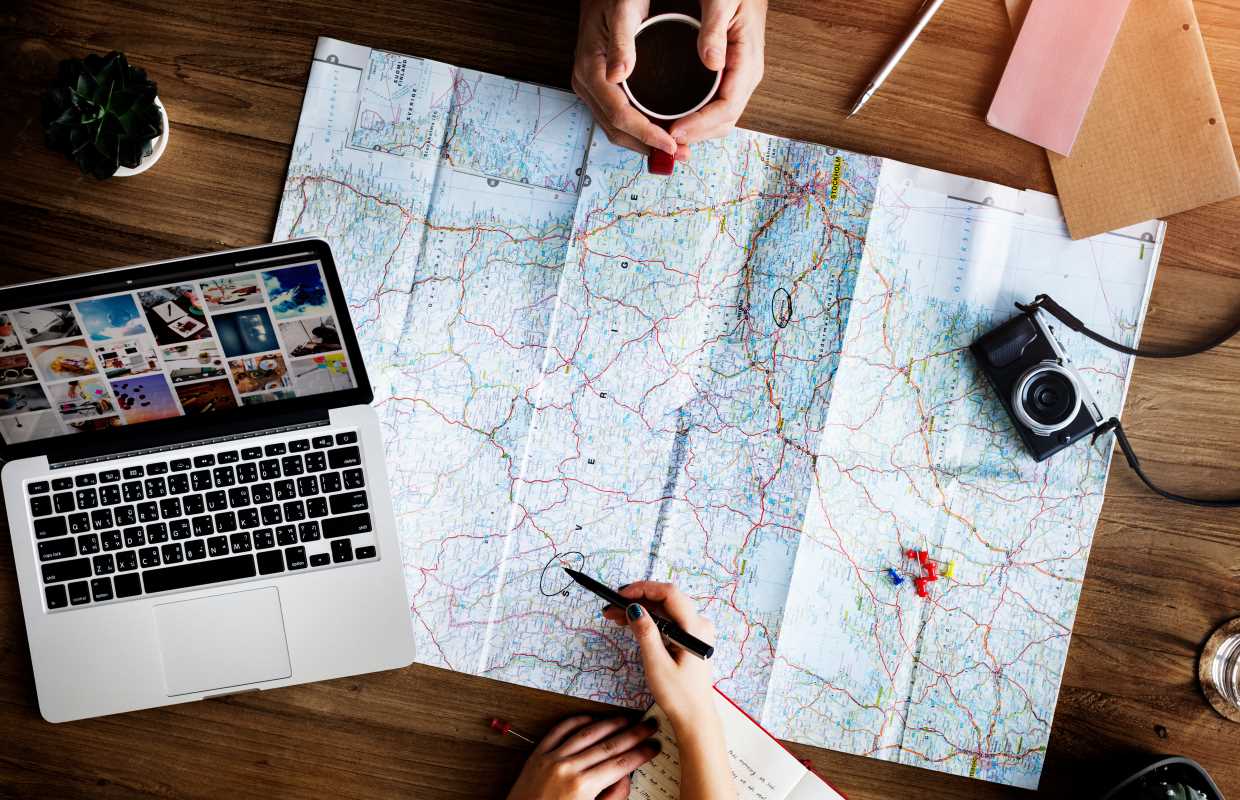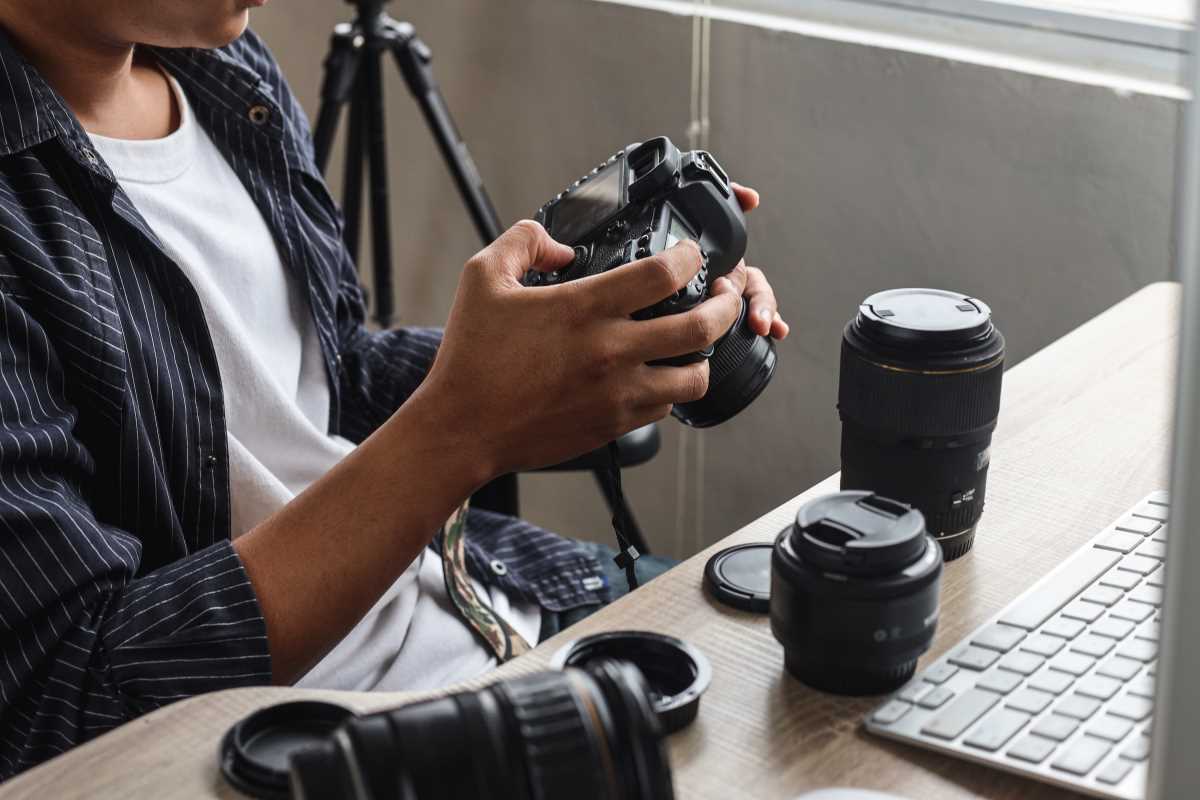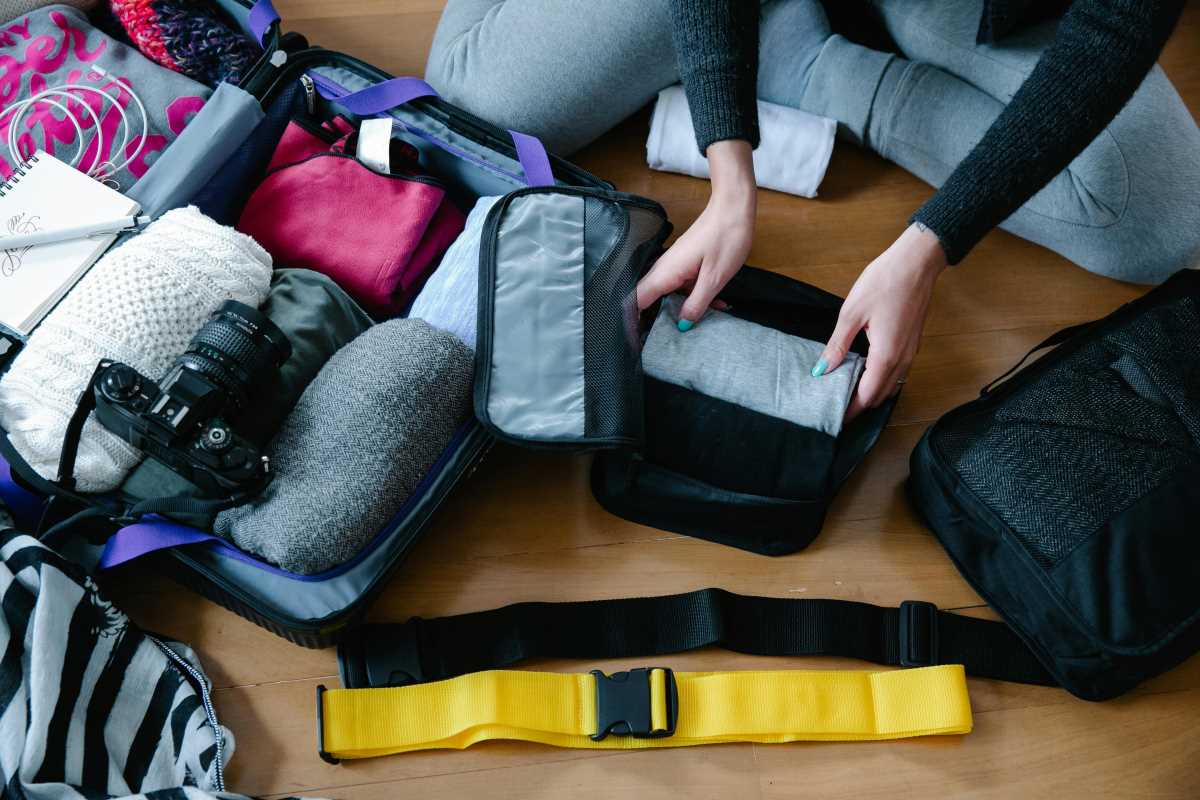Taking on a long-distance cycling adventure is an exciting and rewarding adventure. Whether you're dreaming of traversing scenic landscapes or challenging yourself with extended rides, proper preparation ensures a safer and more enjoyable journey. This guide will walk you through the essential steps and considerations to help you conquer your first long-distance cycling adventure with confidence.
Choosing the Right Bike
Selecting the appropriate bike is foundational to your long-distance cycling experience. The right bike not only enhances your comfort but also improves your efficiency and reduces the risk of injury.
- Road Bikes: Designed for speed and efficiency on paved surfaces, road bikes are lightweight with narrow tires and drop handlebars.
- Touring Bikes: Built for carrying heavy loads, touring bikes offer a more relaxed geometry and are equipped with mounts for racks and panniers.
- Hybrid Bikes: Combining features of road and mountain bikes, hybrids are versatile and suitable for a variety of terrains.
- Adventure Bikes: Also known as gravel bikes, these are ideal for mixed terrain, offering a balance between speed and durability.
Consider the terrain you plan to ride on most frequently and choose a bike that is best suited for those conditions. It's also beneficial to visit a local bike shop to get personalized recommendations and ensure a proper fit, which is crucial for long rides.
Essential Gear and Accessories
Having the right gear can make a significant difference in your long-distance cycling experience. The following list outlines must-have items for beginners:
- Helmet: Protects your head in case of falls or accidents.
- Cycling Apparel: Padded shorts and moisture-wicking shirts enhance comfort during long rides.
- Lights and Reflectors: Essential for visibility during early morning or evening rides.
- Repair Kit: Includes spare tubes, tire levers, a multi-tool, and a pump for on-the-go fixes.
- Hydration System: Staying hydrated is crucial; consider a hydration pack or water bottles mounted on your bike.
- Panniers or Bike Bags: For carrying your belongings, snacks, and extra gear efficiently.
- GPS or Maps: Helps in navigating your route and tracking your progress.
Invest in quality gear that fits well and suits your specific needs. While it might be tempting to cut costs, reliable equipment can prevent issues during your journey and enhance your overall experience.
Planning Your Route
Careful route planning is essential for a successful long-distance cycling adventure. It not only ensures you cover the desired distance but also helps in avoiding potential hazards and finding points of interest along the way.
Start by mapping out your journey using cycling-specific maps or digital tools. Consider factors such as road conditions, traffic levels, and availability of bicycle-friendly paths. Research potential rest stops, overnight accommodations, and places to eat to ensure you have ample opportunities to rest and refuel.
Additionally, it's wise to have contingency plans in case of unexpected changes, such as weather disruptions or mechanical issues. Familiarize yourself with alternative routes and emergency services available along your path.
Training and Fitness Preparation
Preparing your body for long-distance cycling is crucial to prevent fatigue and reduce the risk of injury. Start by gradually increasing your ride distances, allowing your body to adapt to the demands of extended cycling.
Incorporate a mix of endurance rides, interval training, and strength exercises into your fitness routine. Building core strength and leg power will enhance your cycling performance and stamina. Don't forget to include rest days to allow for recovery.
Ensure your bicycle is properly maintained and that you know how to perform basic repairs. Regularly check your bike's condition and make any necessary adjustments to keep it in optimal shape.
Nutrition and Hydration Tips
Maintaining proper nutrition and hydration is vital during long-distance cycling. Consuming the right balance of carbohydrates, proteins, and fats will fuel your rides and aid in recovery.
Pack easily digestible snacks such as energy bars, nuts, and dried fruits to keep your energy levels steady. Plan your meals around your ride schedule, ensuring you eat adequately before and after cycling sessions.
Stay hydrated by drinking water regularly and replenishing electrolytes lost through sweat. Carry a hydration system or multiple water bottles to ensure you have access to fluids throughout your journey.
Listen to your body's hunger and thirst cues, and adjust your intake as needed based on the intensity and duration of your rides.
Safety and Maintenance Tips
Prioritizing safety and regular bike maintenance will help you avoid common pitfalls during your long-distance cycling adventure.
Always wear a helmet and visible clothing to enhance your visibility to motorists. Use lights and reflectors, especially when riding in low-light conditions. Stay aware of your surroundings and adhere to traffic rules to minimize risks.
Regularly inspect your bike for any signs of wear or damage. Keep your tires properly inflated, brakes functioning correctly, and gears shifting smoothly. Address any mechanical issues promptly to prevent breakdowns during your ride.
Carry a basic repair kit and know how to use it. Familiarize yourself with common bike repair tasks, such as fixing a flat tire or adjusting your brakes, to handle minor issues independently.
Long-distance cycling adventures offer a unique blend of physical challenge and personal accomplishment. By choosing the right bike, equipping yourself with essential gear, planning thoughtfully, training diligently, and prioritizing nutrition and safety, you'll be well-prepared to embark on your journey. Embrace the adventure, stay committed to your preparation, and enjoy the freedom and exhilaration that comes with conquering long-distance cycling as a beginner.
 (Image via
(Image via




.jpeg)
